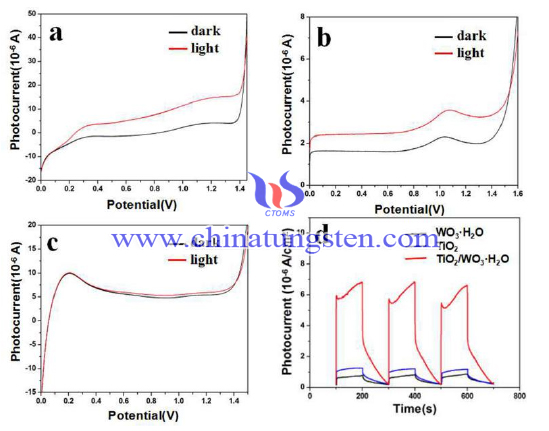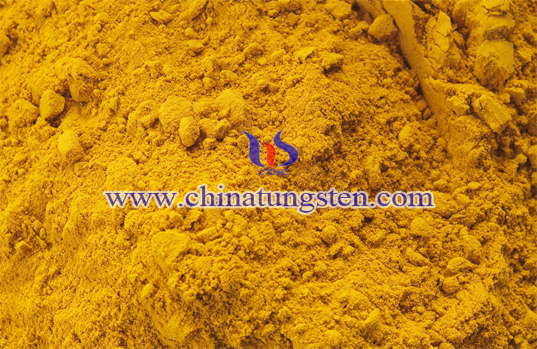Tungsten Oxide Thin Nanosheets Raman Spectroscopy
- Details
- Category: Tungsten Information
- Published on Wednesday, 07 March 2018 09:02
The ultra-thin nanosheets Raman scattering spectra are very sensitive to the vibration and lattice defects of the W-O bond, which is a good way to characterize the samples. As can be seen from the figure, the prepared ultrathin nanosheets have two characteristic peaks: 645 and 943 cm. The peak at 943 cm corresponds to the stretching vibration of the W = O bond in the structural unit. The peak at 645 cm corresponds to the tensile vibration mode of the W-O bond.
In addition to the two-tungsten oxide thin nanosheets characteristic peak, no other peaks appear. This shows that the stripping process tungsten oxide retained the original structure, and no new structure appears. To better qualitatively analyze the elements of samples, the XPS patterns of tungsten oxide nanosheets were tested.

As can be seen from the figure, the sample contains tungsten, oxygen and a small amount of carbon. The presence of carbon peaks is attributed to unnatural hydrocarbons from the XPS instrument itself. The W-4f region of tungsten oxide thin nanosheets can be fitted into two peaks: W-4f7 / 2 and W-4f5 / 2 with binding energies of 34.28 and 36.38 eV, respectively, corresponding to the oxidation state of W6 +. The absence of W5 + and W4 + indicates the absence of defects in the stripping process, which ensures the integrity of the crystal structure and maintains the original crystal structure, which is consistent with the XRD results. The O zone of the tungsten oxide nanoplatelets can be fitted to two peaks: 529.28 and 531.18 eV. The peak at 529.28 eV corresponds to the W-O bond, while the peak at 531.18 eV is derived from the O-H bond of the water molecule in the tungsten oxide.

- Tungsten Oxide Manufacturer & Supplier, Chinatungsten Online: www.tungsten-oxide.com
- Tungsten News & Prices of China Tungsten Industry Association: www.ctia.com.cn
- Molybdenum News & Price: news.molybdenum.com.cn
- Tel.: 86 592 5129696; Fax: 86 592 5129797; Email: sales@chinatungsten.com



 sales@chinatungsten.com
sales@chinatungsten.com